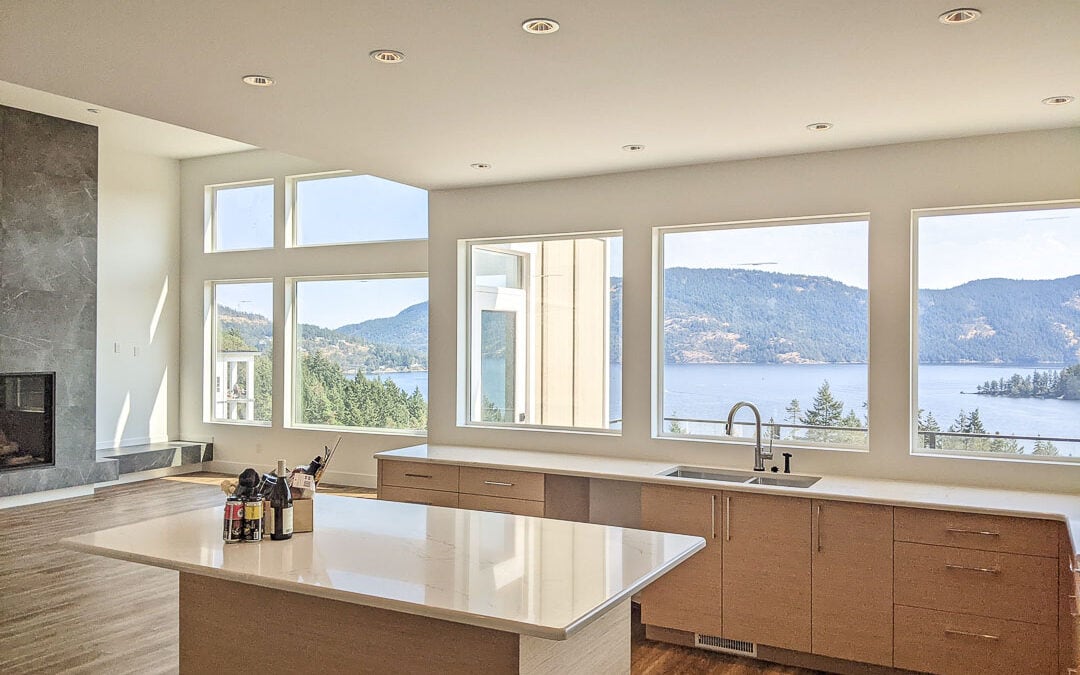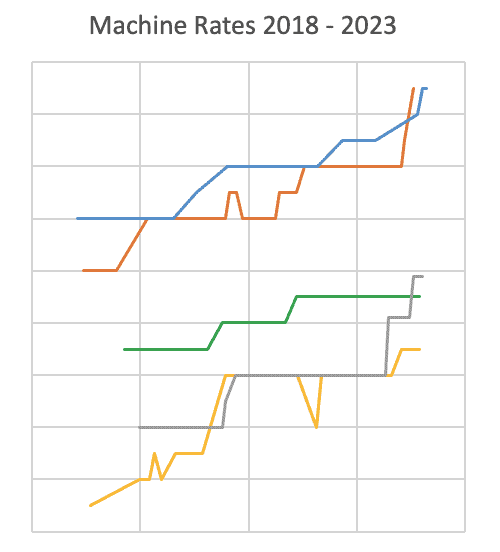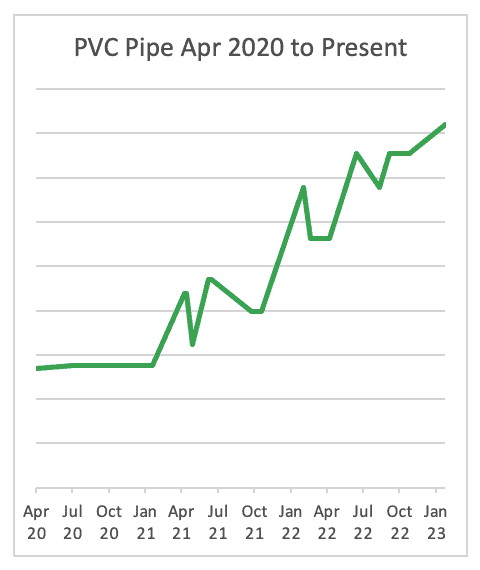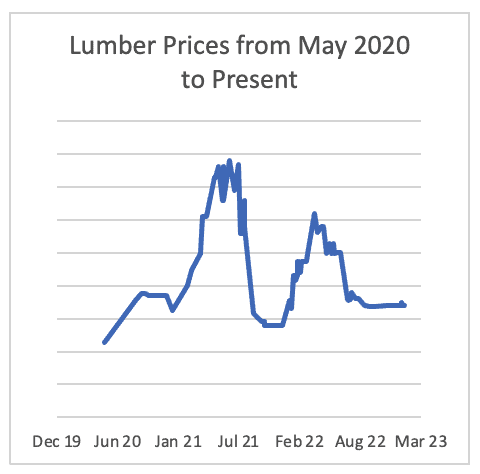If you are considering building a home, you may have heard about the increasing cost of building materials. While the price of lumber catches most of the headlines, and thankfully has dropped quite a bit recently, costs are very fluid and rising in other categories. The rate of change that the construction industry is currently experiencing is unprecedented. Building material price increase is due to a combination of factors, such as:
- Rising labour rates.
- Supply chain issues originally stemming from COVID-19 shortages, exacerbated by the Suez Canal blockage, and still backlogged.
- Large-scale weather events.
- Economy-wide inflation – driven by rising base material costs and fuel costs.
A key material that has recently spiked is steel, particularly sheet metal products. Our main heating specialist, Exchange Energy, tells us that they have seen a 30% increase in sheet metal goods in the last 5 months alone!
Below are some examples of the kinds of cost increases Made to Last has experienced post-COVID:
MACHINE RATES
- Dump Truck rates have risen 29% over the last 3 years.
- Slinger rates have risen 27% over the last 4 years.
- Excavator rates have risen 18-35% over the last 4 years, depending on the size of the machine.
- All machine rates are expected to rise another 10-30% throughout 2023.
- Due to rising equipment maintenance and replacement costs, as well as stark rises in fuel and labour costs.
PVC PIPE
4” PVC Pipe has increased by 315% since the outbreak of COVID in March 2020.
PVC cost increases primarily affect the cost of groundwork drainage and plumbing, but spill over into any other vinyl product. Soffits are an example of a vinyl product used in many homes. With an increase in the cost of soffits, the overall cost of the exterior of your home will increase.
LUMBER PRICES
Lumber prices have been volatile for a few years, and while costs are still noticeably higher than they were pre-COVID, prices have stabilized in recent months. For 2023, prices are projected to continue to be stable. However, this will likely look like slow, consistent price increases, rather than prices staying level.
HOW DOES MADE TO LAST HELP OUR CLIENTS WITH COST INCREASES
- We compare pricing for similar products prior to ordering to see if alternatives could be more cost-effective.
- Our company has strong buying power through multiple suppliers to get the best competitive pricing.
- We have dropped our markup for larger projects to help offset rising costs.
Interested in learning more about the cost of building in the Cowichan Valley on Vancouver Island? Visit our blog post What is the Cost Per Square Foot to Build a Custom Home, or Contact Us if you have further questions or concerns about how material price increase could affect your home build.




